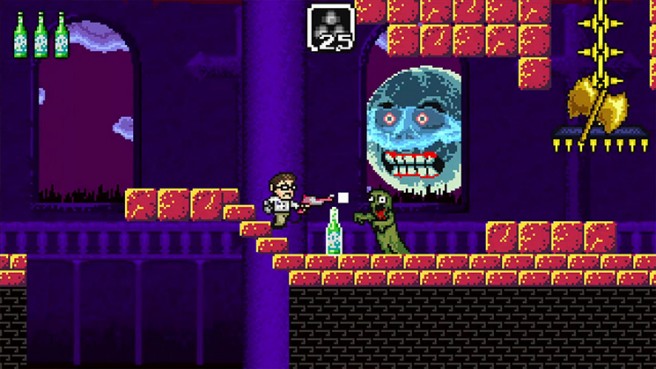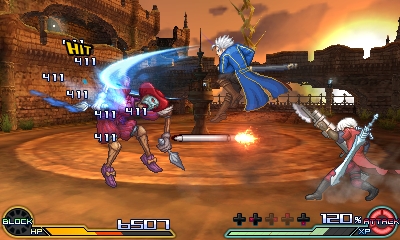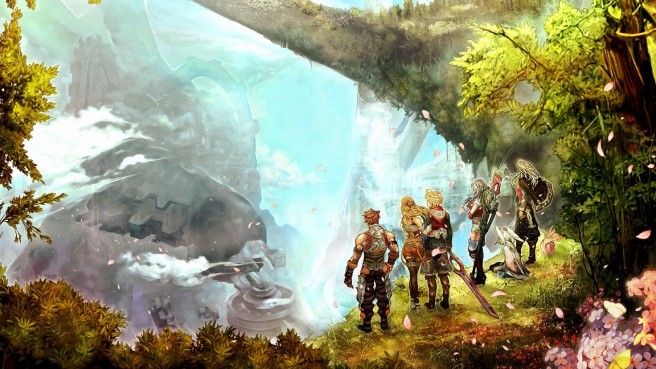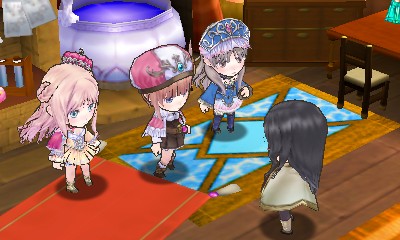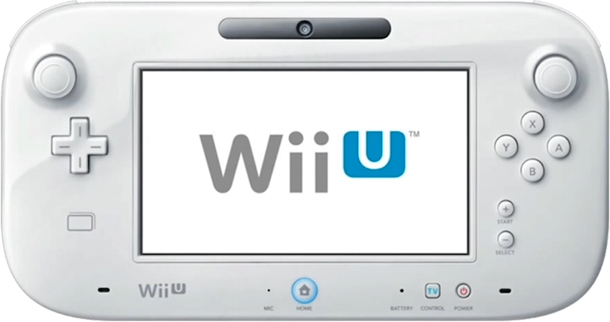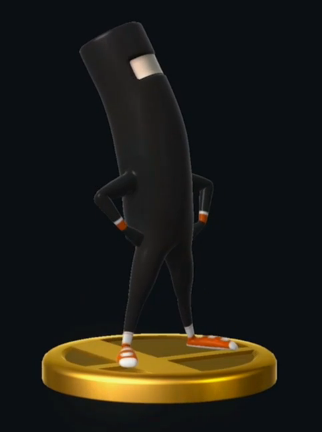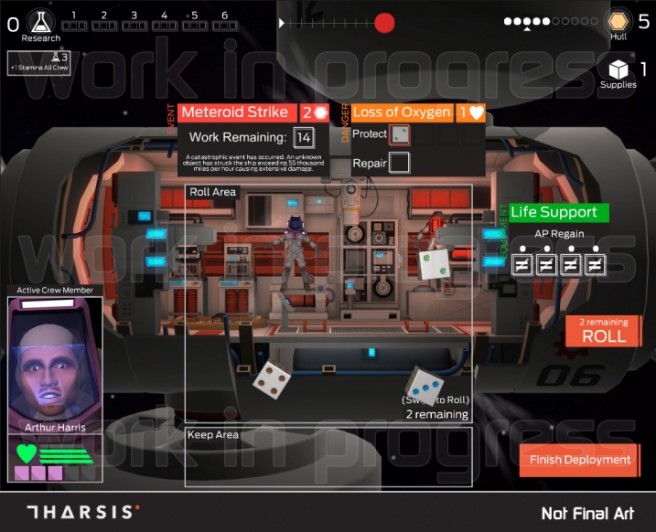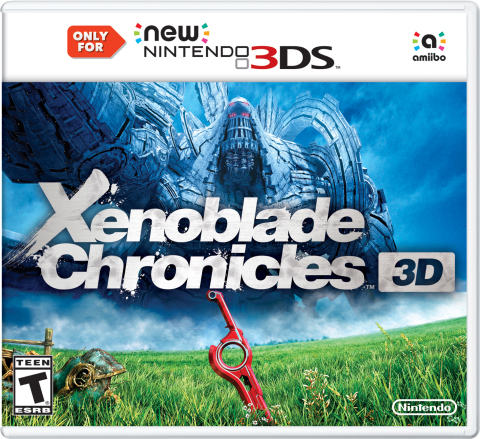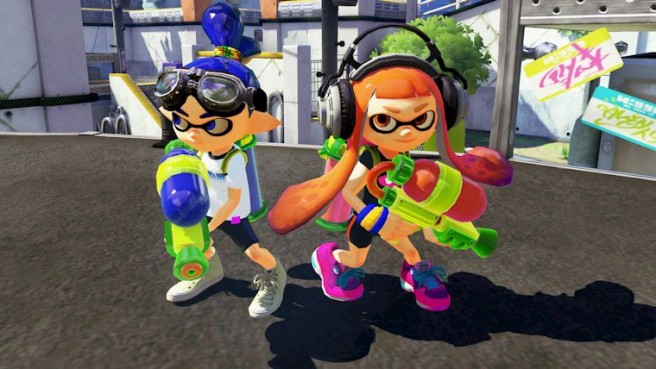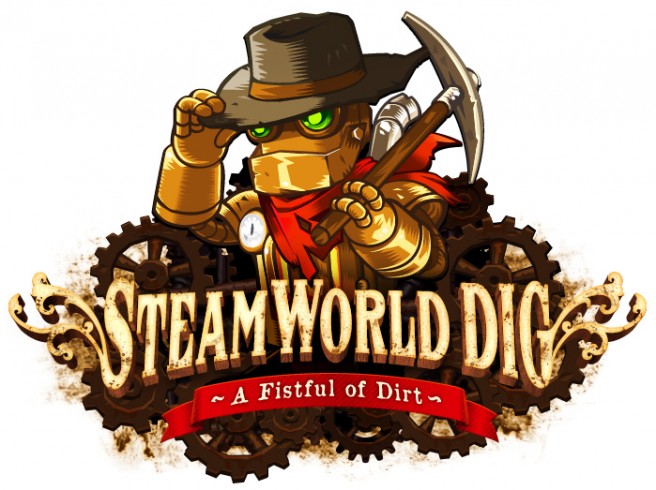Angry Video Game Nerd Adventures should be out soon on 3DS
Posted on 10 years ago by Brian(@NE_Brian) in 3DS eShop, News | 0 comments
Angry Video Game Nerd Adventures finally came to Wii U earlier this month after a considerably long wait. The 3DS version hasn’t launched yet, but that should be changing soon.
FreakZone’s Sam Beddoes has confirmed that Angry Video Game Nerd Adventures is finished and is currently going through the approval process.
He said:
The 3DS version has stereoscopic 3D, as well as some dual screen features, similar to the GamePad features on the Wii U. It’s all done and going through Nintendo’s approval process.
Project X Zone 2 devs on development, story, improvements, and surprises
Posted on 10 years ago by Brian(@NE_Brian) in 3DS, News | 7 Comments
Update: Fixed first names for Morizumi and Ishitani.
Bandai Namco officially unveiled Project X Zone 2 last week. After the announcement, Famitsu caught up with a few of the game’s developers for an interview. The magazine spoke with Kensuke Tsukanaka (producer, Bandai Namco), Souichiro Morizumi (Monolith Soft, development director), and Koji Ishitani (development producer, Monolith Soft).
Famitsu starts by asking when development on Project X Zone 2 kicked off. According to Morizumi, the team was “considering the project and playing new entries of featured games” after Project X Zone’s Japanese launch. Work truly began after the team received feedback from the western release in 2013.
Tsukanaka also said, “The release had very good reputation in North America and Europe. So given the situation both domestically and overseas, we started to create the sequel.”
Xenoblade talk – cut ideas, Shulk in Smash Bros., New 3DS porting difficulties, and more
Posted on 10 years ago by Brian(@NE_Brian) in 3DS, New Nintendo 3DS, News, Wii, Wii U | 2 Comments
Game Informer was able to conduct an interview with Monolith Soft’s Tetsuya Takahashi, Nintendo, and Monster Games about Xenoblade Chronicles. Takahashi was able to speak about the original game while discussing cut ideas like wanting to have the ability to fly. He also revealed Smash Bros. director Masahiro Sakurai wanted Shulk in the Wii U/3DS games, and had the idea for the bathing suit skin. Other than that, there’s some Xenoblade Chronicles 3D-specific comments from Monster Games.
We’ve rounded up all of the various quotes below. For those that are interested, you can find Game Informer’s original article here.
Gust looking to reach a new audience with Atelier Rorona Plus: The Alchemist of Arland
Posted on 10 years ago by Brian(@NE_Brian) in 3DS, News | 0 comments
It’s rather rare to see an Atelier game outside of a PlayStation system these days. But with Atelier Rorona Plus: The Alchemist of Arland, Gust Corporation has decided to bring this latest entry to 3DS.
Given Gust’s goals with Atelier Rorona Plus, it makes sense for the game to be on Nintendo’s portable. Series director Yoshito Okamura told Japanese website Dengeki that the company wants to expand the franchise to a more diverse audience.
Okamura said:
Naturally, when you shift to a different platform, the age demographic changes as well. In light of this, we have the super-deformed versions of the characters. However, even if there are many Atelier fans in their 20s, the age range goes up to people in their 40s as well, since many fans from the Mary games are still supporting the series.
More: Gust Corporation, interview, Japan, Yoshito Okamura
Renegade Kid, KnapNok, Yacht Club, and 13AM talk about the lack of innovative GamePad usage
Posted on 10 years ago by Brian(@NE_Brian) in News, Wii U | 3 Comments
The Wii U GamePad is a perfectly fine controller, but it’d be tough to argue that developers have tapped into its potential. Even Nintendo has not yet produced a string of titles that truly show what it’s capable of. For the most part, titles we’ve seen thus far use the GamePad for off-TV play or as a map.
NintendoWorldReport reached out to four indie developers as part of a new article that touches on the lack of proper GamePad usage. You can find a collection of their comments below.
Renegade Kid’s Jools Watsham
“Nintendo helps promote…as much as the game helps to promote the innovative qualities of the Wii U.”
“If you’re going to dedicate your time and effort to taking advantage of the unique features of the Wii U, you need for it to pay off in sales if you’re going to be able to continue making games for a living.”
“The GamePad is clearly not the revolution that the Wii Remote was. There, I said it.”
“The Wii U never lived up to its own potential, even from its creators. You have to lead [by] example, and Nintendo are the kings of doing this, but they failed to deliver with the Wii U in terms of utilizing their own platform, which has resulted in a self-fulfilling prophecy.”
“It’s not like the Wii U has failed gamers in a general sense, but in regards to how well the GamePad has been utilized, overall [it] has unfortunately been somewhat of a failure. And that is Nintendo’s burden to bear.”
Choice Provisions on the CommanderVideo trophy in Smash Bros.
Posted on 10 years ago by Brian(@NE_Brian) in News, Wii U | 1 Comment
There were a few unexpected trophy inclusions in the new Smash Bros. One of these was CommanderVideo, the star of the Bit.Trip series.
CommanderVideo’s inclusion in Smash Bros. Wii U came about thanks to some persistence from Choice Provisions. The company reached out to Nintendo, and that’s pretty much all it took!
Associate producer Dant Rambo Nintendo Life:
We were the ones to approach Nintendo. We’ve always loved the idea of CommanderVideo showing up in a Smash Bros. game in some capacity, and thanks to our longstanding relationship with Nintendo, we were able to make it happen!
But yes, the “process” here was really just us emailing Nintendo a lot and being annoying.
Choice Provisions may bring Tharsis to Wii U
Posted on 10 years ago by Brian(@NE_Brian) in News, Wii U eShop | 0 comments
Choice Provisions already has plans to bring the Dragon Fantasy games and Shutshimi to Wii U. The company’s support may not be stopping there, however.
In an interview with Nintendo Life, associate producer Dant Rambo mentioned that Choice Provisions has interest in releasing the PC strategy game Tharsis on the eShop.
Rambo said:
We’re currently hard at work on games called Tharsis and Laserlife. The former is a perma-death, turn-based strategy game about the first manned mission to Mars; the latter is a music game where players are tasked with restoring the memories of a dead astronaut. Both are significant departures from our previous work and we’re really excited about them!
In fact, we’ve been talking a lot about bringing Tharsis to the Wii U! Stay tuned for more info about that.
More: Choice Provisions, Dant Rambo, interview, Tharsis
Xenoblade devs on the New 3DS port, why it’s not on Wii U, Xenoblade Chronicles X “will have a different play feel”
Posted on 10 years ago by Brian(@NE_Brian) in 3DS, New Nintendo 3DS, News, Wii, Wii U | 12 Comments
GameSpot was able to submit a few questions to the developers behind Xenoblade Chronicles 3D. That includes Monolith Soft’s Testuya Takahashi, representatives from Monster Games, and representatives from Nintendo SPD.
Most of the interview topics were naturally about the New 3DS title, including the technical challenges behind the project and how Monster Games initially tried bringing it to the original 3DS. There were also questions about the decision to port Xenoblade Chronicles to the New 3DS as opposed to remastering the title for Wii U, and what fans can expect from Xenoblade Chronicles X.
Head on below for the full Q&A roundup. You can also check out GameSpot’s piece here.
More: interview, Monolith Soft, Monster Games, Testuya Takahashi, top
Splatoon devs on how Miyamoto wasn’t satisfied with the game’s original ideas
Posted on 10 years ago by Brian(@NE_Brian) in News, Wii U | 17 Comments
EDGE brought us a whole bunch of information about Splatoon in its latest issue. One topic covered by the magazine was the game’s development, and Shigeru Miyamoto’s thoughts on its early days.
Co-director Tsubasa Sakaguchi, producer Hisashi Nogami, and director Yusuke Amano spoke with EDGE about how Miyamoto wasn’t originally pleased with what the team had come up with Splatoon. Here’s what the three developers shared:
[After] the prototype phase, we had all these ideas about the height, the ink, the characters, and the image of the character and the squid. But we couldn’t kind of filter it down to a final result that would result in a simple, fun game. And during this period, we were being scolded by Mr Miyamoto all the time.
He was saying, ‘I don’t understand. What do you want to do? There’s no appeal to this game.’
We had the basics and then we were like, ‘Let’s add the hiding [in ink] feature; let’s add jumping; we need height, because it’s a 3D map.’ And then we thought, ‘We need to be able to shoot up and down.’ And we realised we’d added all this stuff, and we got confused. We didn’t know what the game was about.
Splatoon launches for Wii U on May 29.
Image & Form explains why it cut a couple of worlds from SteamWorld Dig
Posted on 10 years ago by Brian(@NE_Brian) in 3DS eShop, News, Wii U eShop | 0 comments
SteamWorld Dig could have launched with a couple of additional worlds, but Image & Form ended up shelving them. The studio explained why this was done in an interview with Shigeru News.
Image & Form stated:
Yes, towards the end of the production we came under some pretty severe financial constraints – we were quickly going broke. Anthill wasn’t making much money for us anymore, and we had to be done with Dig by the end of June 2013; we would have run out of money if we had continued over summer. In Sweden, summer works like this: *everyone* goes on vacation in July, and we had to send the game for a time-consuming lotcheck process. The most economic way to do it was to let vacation and lotcheck coincide – and then pray that the game would sail smoothly through inspection.
It did, but that also meant that we had to race to finish the game by the end of June. And there were a couple of worlds that we didn’t have time to finish. It was sad in every way, but we couldn’t have finished it otherwise – we would have gone bust. In retrospect we may have benefited from including them, but we had no idea whether the game would be successful or not. It would have been ballsy to include the extra content and hoped for the best, but at the same time it would have been reckless beyond description. A lot of us have families, and it would have been harsh.
The next SteamWorld game, SteamWorld Heist, is due out this year. Look out for it on both Wii U and 3DS via the eShop.
